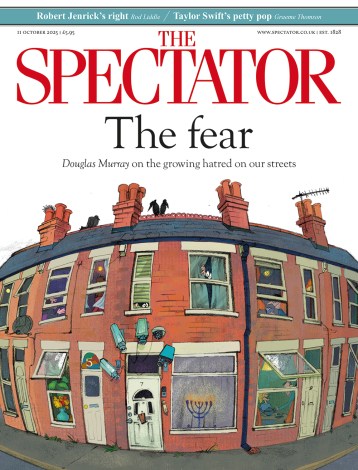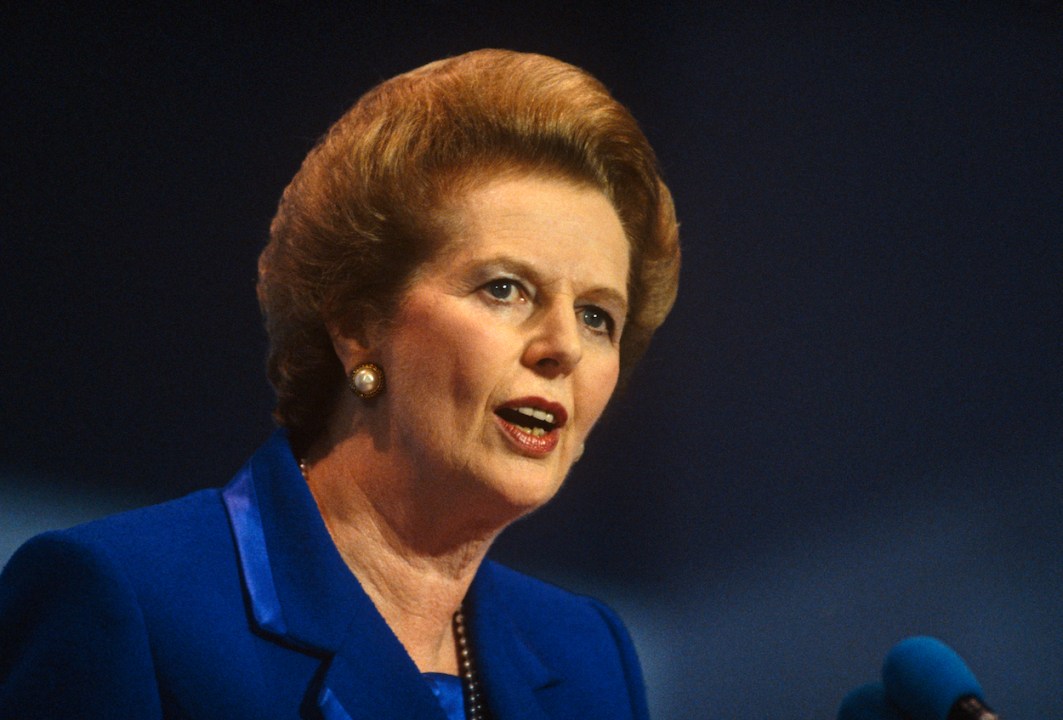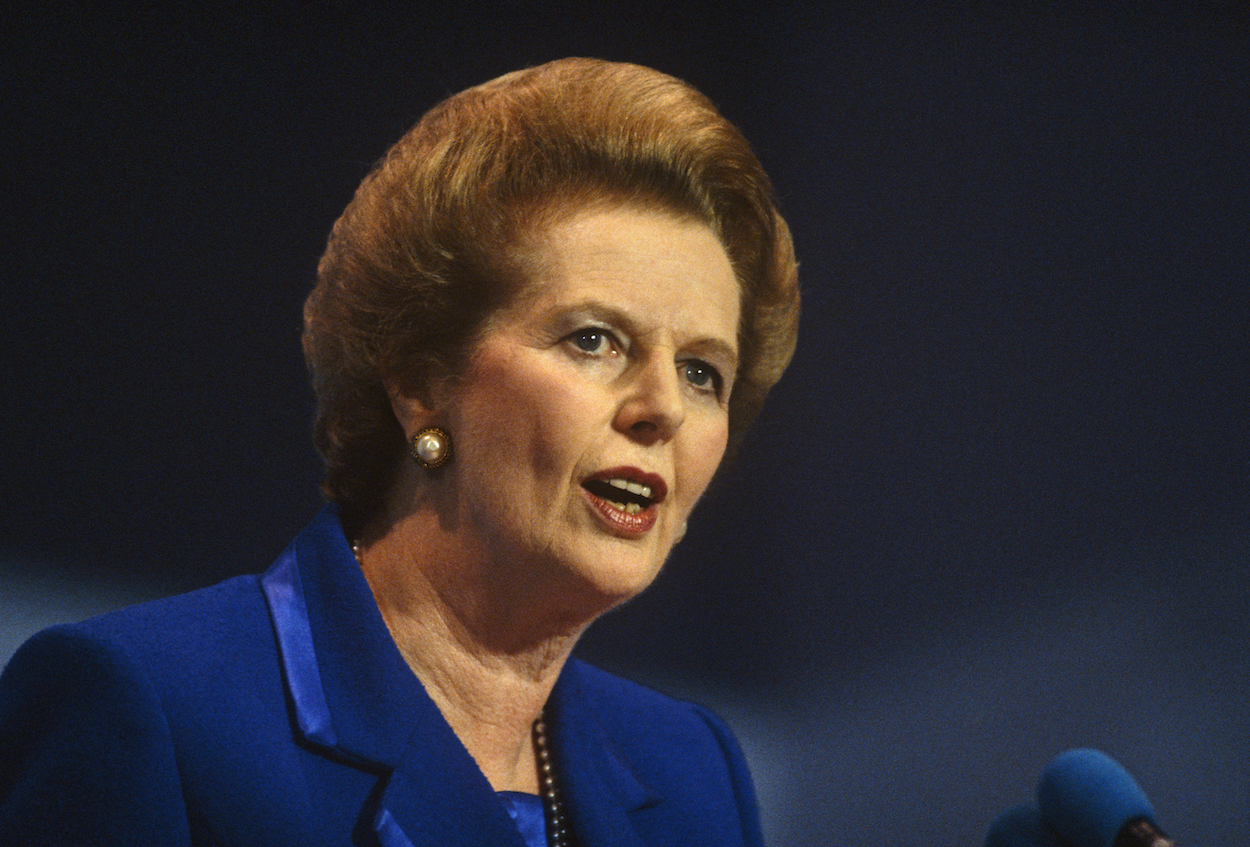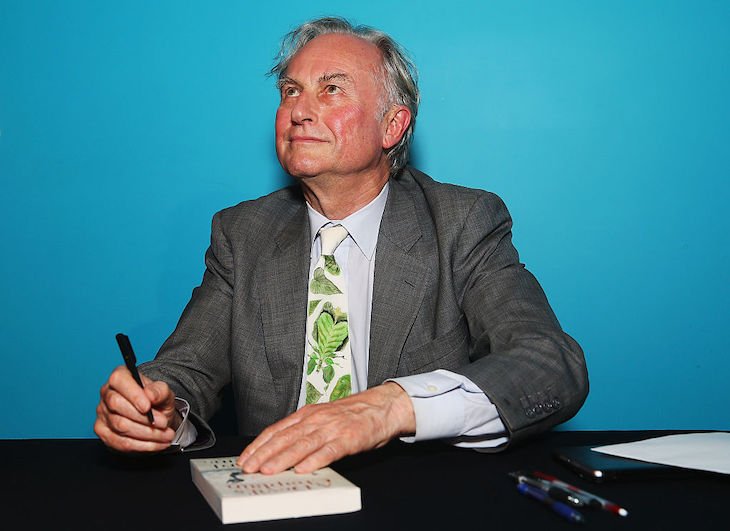It is a most fitting tribute: an iron and steel statue of the Iron Lady in a city once behind the Iron Curtain. And not just any city – but Budapest, a place that Mrs Thatcher electrified with her visit in February 1984. The statue commemorating her 100th birthday was unveiled last week in the Millenaris culture complex in the Hungarian capital. The ceremony was both moving and beautifully choregraphed as several luminaries of the Thatcher era and her children Sir Mark and Carol gathered with Hungarian government ministers to commemorate her legacy.
More than 40 years after her first arrival, the Iron Lady is still remembered in Budapest with affection and admiration. ‘She did not believe the lies of communism, she did not compromise with communism, she defeated it,’ said Gergely Gulyas, Minister of the Prime Minister’s Office. ‘She won the Cold War against the Soviet Union, which brought freedom to the Hungarian people. The Hungarian people are grateful for her unwavering stance against Communism.’ The statue unveiling followed a well-attended conference on Thatcher’s Life and Legacy at the Danube Institute in Budapest, hosted by John O’Sullivan, a former special adviser. There Hungarian, regional and British politicians including Lord Lilley, Lord Griffiths, Lord Frost, Sir William Cash, Sir John Whittingdale, Janos Martonyi, a former Hungarian foreign minister, and President Vaclav Klaus, a former Czech president and prime minister, discussed her lasting impact on the region. For those languishing behind the Iron Curtain, President Klaus recounted, she represented a beacon of enduring freedom.
Especially on her 1984 walkabout and shopping trip at the city’s Great Market Hall. There she dazzled the public and entranced the stallholders as she bought dried peppers, smiling delightedly as a Hungarian kissed her hand. The first British prime minister to visit Hungary, her presence helped light a torch of freedom that burned steadily through the ossified Communist system until it collapsed in 1989. Ferenc Kumin, now Hungary’s ambassador to London, recalled how before Thatcher arrived, the Communist regimes had portrayed western leaders as evil war mongers. Kumin was nine when the visit took place but still remembers its lasting effect. ‘Then suddenly, we had this well-known, very characteristic western leader visiting Hungary – specifically Budapest and walking around like a normal human being. That had a real impact,’ he told the Hungarian Conservative website.
At home Thatcher was often viewed as a divisive figure determined to destroy the power of the unions, no matter the social cost. In foreign affairs, especially dealing with the Soviet bloc, she took a more nuanced view. She had a firm grasp of realpolitik and a scientist’s eye for telling detail. She recognised that glasnost – openness – and perestroika – restructuring – the reforms introduced by Mikhail Gorbachev, were an opening to reframe East-West relations. In December 1984, she famously declared, ‘I am cautiously optimistic. I like Mr Gorbachev. We can do business together.’ And initially at least, Budapest, with its cautious market reforms, was the place to do that. There was a reason why the Magyar comrades welcomed the Iron Lady so warmly. The country remained a one-party Communist dictatorship with a secret police force. But life in Janos Kadar’s Hungary, known as ‘Goulash Communism’, was far preferable to the horror of Ceausescu’s Romania or Poland, which was then under martial law.
A fascinating declassified account of her meeting with Kadar on 3 February 1984 can be found at the Margaret Thatcher Foundation website. The conversation was cordial, with Kadar expressing his gratitude for Thatcher’s visit, noting that it ‘needed a certain courage’. In response, Thatcher replied that in Britain, Hungary is ‘known as a talented nation’ and that the two countries being in different alliances did not have to be an obstacle for productive and friendly relations. Perhaps unexpectedly for a Communist leader, Kadar spoke at some length about the 1920 Treaty of Trianon, when Hungary lost two-thirds of its territory and five and half million Magyars who were stranded outside the new, shrunken borders. Hungary would not reclaim its land, said Kadar, but the lost territory created difficulties, and ‘these facts have to be beared in mind to understand our situation.’ Kadar died in July 1989. But in March 1999, just 15 years after her meeting with the Hungarian leader, Thatcher lived to see Hungary, the Czech Republic and Poland join Nato. Hungary and Britain were finally in the same alliance. That too was part of her legacy.








Comments